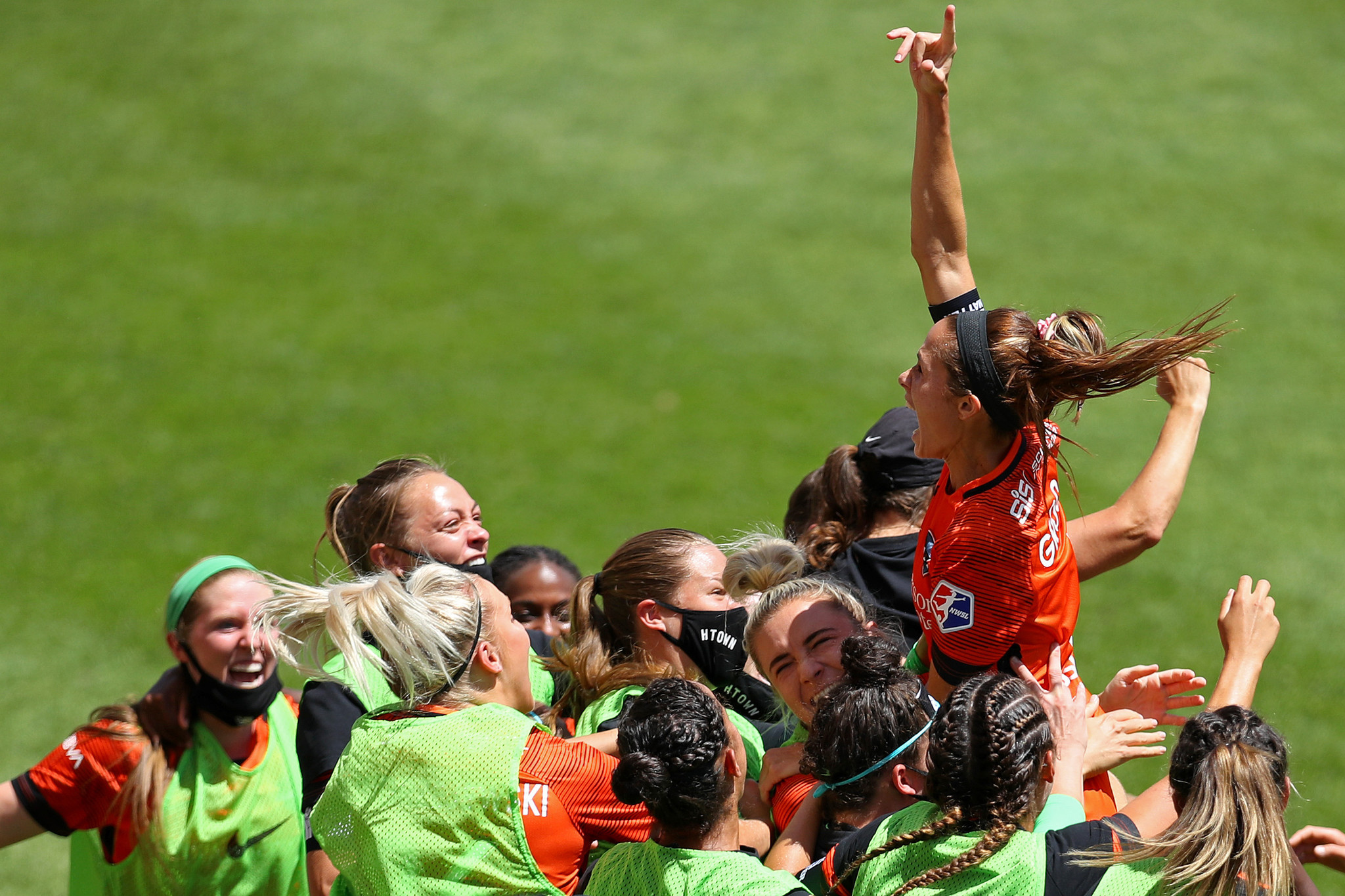
When was the WNBA established? It's a question that many people have asked for years. No matter your curiosity about the team's past, its players, and its business model, there are many answers. This article will answer all of these questions, and more. The WNBA was created in 1997. Since then, eight teams have been added to the league. The WNBA is not just a basketball league.
In 1997, the WNBA was created.
The WNBA began in 1997. The Charlotte Sting selected Elena Diggins during the first round of the 1997 draft. The Sting saw her play in 96 games, with 90 of those being her first. She averaged over 10 point per game. Three of her four seasons were with the Sting and she was part of the WNBA Playoffs. After being designated a reserve on the Eastern Conference All-Star roster, she was invited to participate in the inaugural All-Star Game.
The WNBA idea was approved by the National Basketball Association board of governors. Play began in June 1997. Initial plans for the league were to create a short summer league with only 28 games. The idea behind the WNBA was to bypass the NBA and allow players from the WNBA to play overseas to supplement their salary. Despite its short history and its core principles, the WNBA is still true to its roots.

WNBA has grown by eight teams in the last 23 years
Over the past 20 years, the WNBA has grown by eight teams. In 2008, the Atlanta Dream was added. Angel McCoughtry was the chosen team's coach after a 4-30 season. Angel led the team to three WNBA Finals, in 2010 and 2011. The team went on to make eight playoff appearances in a 10-year stretch, from 2009-2018. The Atlanta Dream were just one win away of reaching the WNBA Finals. However, injury prevented them from competing. McCoughtry left Atlanta for the Las Vegas Skyhawks.
The WNBA has seen a decrease in revenue. The league is unable to generate sufficient revenue to sustain itself. The NBA has brought in $2.6billion in revenue the past two seasons. But the WNBA cannot generate enough money to keep its doors open. The WNBA's unique relationship with ESPN has helped it keep its place as a mainstay of North American sporting culture. The league also remains a beacon for female athletes.
WNBA players
The WNBA was established on April 24, 1996. Although it wasn't a major event, the popularity and growth of the league over two decades has been remarkable. The Olympic spotlight was used by the league as an advertising platform to draw in advertisers and viewers. Although this has allowed the league to reach millions of people, its success also depends on its ability attract younger fans. Leslie, Swoopes, Lobo credit their success in converting Olympic interest into a profitable marketing campaign.
The original WNBA had eight teams. Now, there are twelve. It has had eight franchises in its history. Of these, some are associated with an NBA team in the same market, including the New York Liberty and Brooklyn Nets, Indiana Pacers and Fever, Los Angeles Lakers and Sparks, and Minnesota Timberwolves and Lynx. MGM Resorts controls the Las Vegas Aces. The NBA affiliates of the Washington Wizards (Phoenix Suns) and Phoenix Suns (Phoenix Suns) are all part of the Washington Wizards.

WNBA model for business
The NBA and WNBA each own half of each another. The WNBA and the NBA have agreed to split their ownership in return for an equity share. But, the WNBA's leverage and sweetening agreements with WNBA teams could be more detrimental than beneficial. The NBA currently provides the league with its revenue. The league hopes to make use of the new money in the future to improve its digital products as well as marketing strategies.
The WNBA has been criticised for not having enough female fans and not being financially viable. To keep the league going, the NBA actively subsidised it. The league isn't yet profitable because of this. It's high time to accelerate. The league needs to develop a more realistic model of business for attracting new fans, and keeping existing ones. There are several ways to increase attendance.